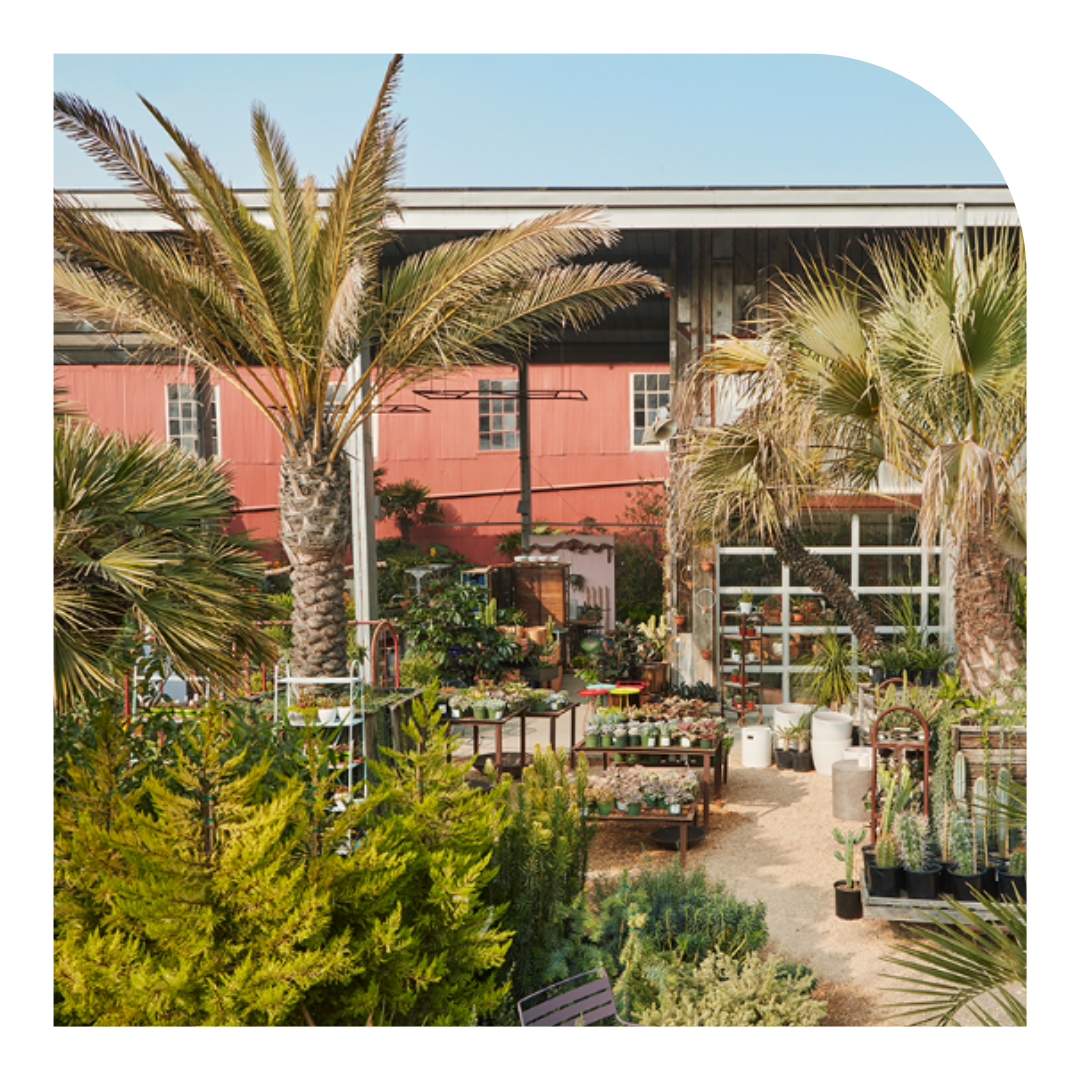

1. Start your visit at the Gateway and see old ships docked and plenty of skateboarders. Check out The Midway and enjoy the murals that wrap around the building. Come back at night for one of their dance parties!

2. Grab a cup of coffee for your walk at Vasquez Coffee, a Latina, sister-owned cafe.

3. Visit the new India Basin Waterfront Park or take a hike through Herons Head Park, with stunning hiking trails that lead you along the edge of the Bay. Keep your eyes and ears open for native wildlife, like geese, seagulls, and herons.

- Head over to Café Alma for a glass of wine and a lovely lunch with views of the park and a community pottery studio upstairs. Or opt for All Good Pizza, a community-centric, woman-owned spot known for its Neapolitan-style brick oven pizzas

- One of your first stops along the 3rd St commercial corridor must be the Bayview Maker's Kitchen. It is a place where up-and-coming chefs practice their craft. If you're craving barbecue, Smoke Soul Kitchen has you covered, or Frank Grizzly for Mexicali dishes.

6. Enter the beautiful oasis that is Flora Grubb Gardens, a stunning nursery with a rotating coffee shop. As seen in Martha Stewart Magazine!

7. No need to be on the market for a vehicle - Bello Motto's showroom is a delight! They have Vespa's delivered weekly from Italy, and so much more.

8. Start your evening in the Bayview at Gratta Wines. Barbara Gratta began making wine in her garage in the Bayview years ago. Now she produces her wine right in her shop, from local Sonoma grapes.

9. Enjoy your evening meal in the Bayview at Gumbo Social. Chef Dontaye Bell was born and raised in the Bayview and serves up his family's gumbo recipes.

10. While strolling before dessert, don't miss G. Mazzei & Sons' Hardware, the oldest and longest-owned family hardware store in all of San Francisco. They have been at the same location for 100 years and the walls are covered in photos from the early days.

11. The Jazz Room is one of the last African American owned bars in San Francisco. 80 year old Gerealdine is still running the bar and it's a casual spot for history and community.
Heart of the City: Bayview
Among the wetlands, shipyards, and warehouses, strong artistic vibes and community empowerment have flourished throughout San Francisco’s Bayview. Video by SF Travel.
Getting to the Bayview
The SF Muni T Line runs from Market Street all the way along Third St. into the heart of the Bayview. Numerous bus lines also run through the neighborhood.

About the Bayview
Bayview is the sunniest neighborhood in San Francisco, home to breathtaking nature, a burgeoning creative scene and diverse sights and bites. It’s also one of the oldest business districts in California and has a significant legacy of African-American religious, civic, cultural, athletic, educational and technological achievements.
A brief history of the Bayview, from San Francisco Heritage:
Bayview was originally occupied by plains of coastal grasslands, hillsides covered in coastal sage scrub, and extensive marshlands, the physical character of the district has been extensively transformed from the initial contact era between Spanish explorers and the native Ohlone inhabitants. During the Spanish and Mexican periods, what is now the Bayview-Hunters Point district was home to cattle herds, belonging first to Mission Dolores and later José Bernal’s Rancho Rincón de las Salinas y Potrero Viejo. After the American conquest of California, the land comprising today’s Bayview-Hunters Point district was quickly subdivided into house and garden lots and gradually sold off to diverse group of American and European settlers. The area soon became San Francisco’s most ethnically varied community, housing British, Scandinavian, and German boat-builders at India Basin; several Chinese fishermen’s camps at Hunters Point; Italian, Maltese, and Portuguese truck farmers in the Bayview; and French tannery workers and Mexican and southwestern vaqueros at Butchertown.
Bayview-Hunters Point has a distinguished industrial history, beginning with the construction of the San Francisco Dry Dock at Hunters Point in 1866. Shipbuilding was soon augmented by Butchertown, San Francisco’s wholesale butchers’ reservation on Islais Creek. By the first World War, San Francisco’s industrial belt had extended south along the Central Waterfront to Islais Creek, leading to the filling of most of the Islais Creek Estuary for industrial sites during the 1920s and 1930s. However, it was not until the Second World War that Bayview-Hunters Point leapfrogged into the top ranks of industrial zones on the West Coast following the acquisition of the Hunters Point Dry Dock by the U.S. Navy in 1940. During this period the population of the district exploded as thousands of war workers (many of whom were African American) moved to Hunters Point to take jobs in the naval shipyard.
Despite extensive job losses following the closure of the Hunters Point Naval Shipyard in 1974 and the eventual decommissioning of the base in 1991, as well other problems stemming from isolation, neglect, and higher-than-average rates of poverty, Bayview-Hunters Point has remained a vibrant, predominantly (but not exclusively) African American neighborhood. Although longstanding issues facing the district persist, the future promises many changes, including a redeveloped shipyard, new housing and parks, and a revitalized commercial corridor.
A Perfect Day in the Bayview was curated by Economic Development on Third.
About
Shop Dine SF is an initiative of the Office of Economic and Workforce Development to bring attention to the local businesses, events, and neighborhood corridors.